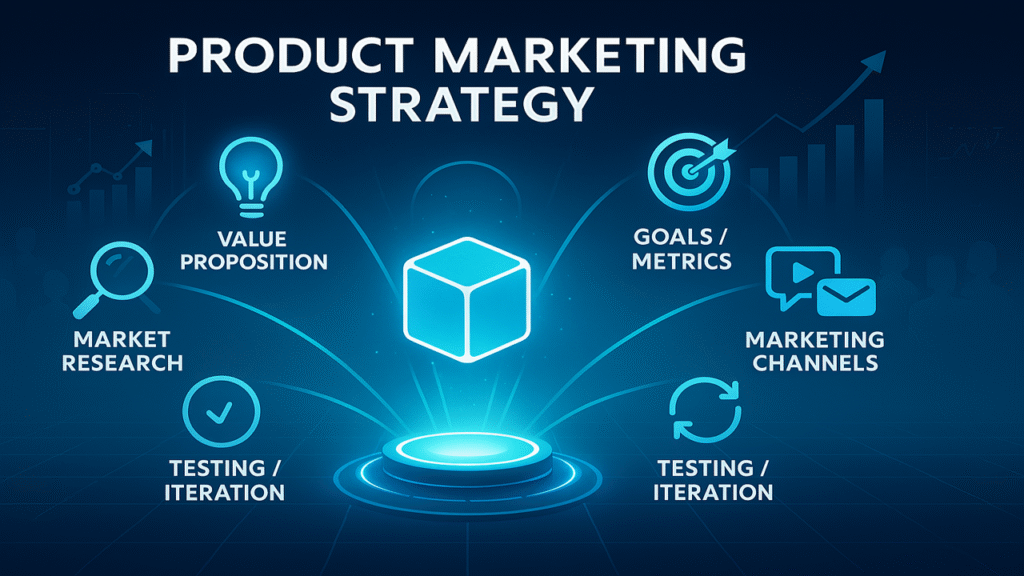Now Reading: Proven Tips to Master the Art of Sales: Ultimate Zero to Hero Strategies
-
01
Proven Tips to Master the Art of Sales: Ultimate Zero to Hero Strategies

Proven Tips to Master the Art of Sales: Ultimate Zero to Hero Strategies
Introduction
Mastering the art of sales is key to success, whether you’re just starting out or looking to improve your skills. Sales is about more than selling a product—it’s about truly understanding your customer, building real relationships, and guiding prospects on a smooth journey toward making a decision. This article shares proven zero to hero tips designed to help you develop confidence, focus on your customers, and close deals more effectively. You will find simple, clear steps, tools, and unique advice that can help you grow your sales skills and results.
Why Zero to Hero Sales Tips Matter
Anyone new to sales can become a top seller with the right strategies. Zero to hero sales tips focus on learning, being consistent, and using new technology that matches what today’s buyers expect. These tips solve common problems like inconsistent results, unfocused efforts, and lack of structure. By following proven strategies, you not only sell more but also build lasting customer loyalty. This approach helps you stay competitive and grow steadily.
Build a Strong Sales Foundation
The first step on your zero to hero journey is to build a strong foundation. This means putting your customer first. Do your research and ask good questions that help you learn what your customer really needs. Listening carefully helps you find their true problems. Also, keep yourself motivated by setting small daily goals. Tracking these little wins each day helps you stay positive and get better over time. With a good foundation, you can keep growing even when things get tough.
Create a Repeatable Sales Process
Having a clear process makes sales easier and more reliable. Without a plan, even the best sellers can have bad days. Map out your sales steps—like finding leads, qualifying them, and closing deals—so you always know what to do next. Write guides and scripts for each step to help you stay confident and clear. Track your progress using simple numbers like how many calls you make or how many meetings you set. Check these every month and change your plan if you need to. This will help you get better results every time.
The Zero to Hero Sales Framework
Follow these steps to move from a beginner to a sales hero:
- Know your ideal customer so you focus on the right people.
- Make your messages personal and relevant.
- Ask questions to understand their real needs.
- Work with buyers to find the best solution together.
- Handle objections quickly before they stop the deal.
- Ask for small commitments to keep the deal moving.
- Close the sale smoothly and onboard your new customer well.
This method works because it builds trust and makes buyers feel understood.
Smart Tools and Techniques
Use technology to speed up your sales progress:
- AI tools can rank your leads so you spend time on the best ones.
- Call recording software helps you find what works and improve your talks.
- Engage with prospects on social media to make connections before calling.
- Send short personalized videos to explain your offer and make it stand out.
Unique Tips to Boost Your Sales
Try these creative ideas to win more deals:
- Let the buyer control the demo while you guide them to build interest.
- Send a recap email after calls with key results they want.
- Ask questions like “What could stop us from moving forward?” to find hidden issues.
- Get all decision-makers involved early to avoid problems later.
- Spend time learning how your buyer works every day to spot unseen needs.
Case Study: Using AI to Grow Sales
A mid-size software company started using AI to score leads and automate follow-ups. Within six months, they boosted their sales rate by 25%, grew new deals by 20%, and cut down time spent on prospecting by 30%. They earned back 3.5 times their investment thanks to mixing smart technology with personal attention. This shows how tech can help sellers become heroes much faster.
Conclusion
Mastering the art of sales means combining a customer-first approach with clear steps and smart tools. By following proven zero to hero tips, you can build stronger relationships, close deals faster, and grow your sales consistently. Start today and watch your sales skills rise to new heights.
References
- Salesforce sales strategy guide, 2024: https://www.salesforce.com/in/sales/strategy/
- ValueSelling framework blog, 2025: https://www.valueselling.com/resource-blog/from-ground-zero-to-sales-hero
- AI in sales impact report, 2025: https://www.superagi.com/from-zero-to-hero-scaling-your-business-with-an-ai-powered-sales-platform-a-step-by-step-success-story/
- Salesforcesearch.com tips on sales transformation: https://www.salesforcesearch.com/blog/httpwww-salesforcesearch-combid1826183-tips-to-transforming-yourself-from-a-sales-zero-to-hero/
- Upviral lead generation techniques, 2024: https://www.upviral.com/blog/from-zero-to-hero-lead-generation-techniques-that-actually-work














